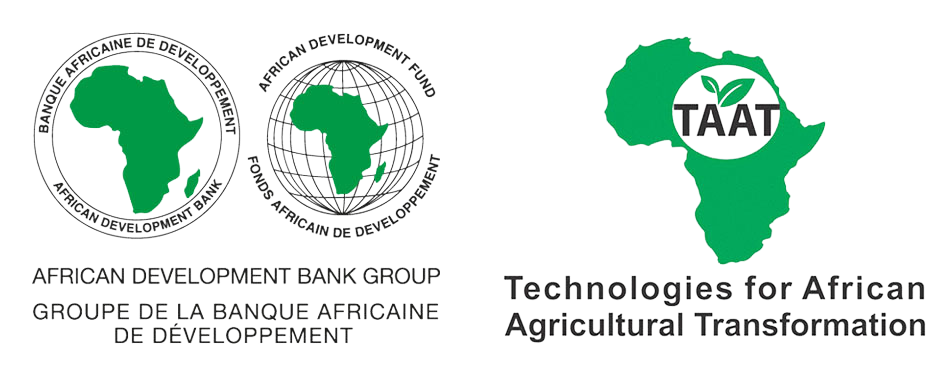

Prevent–Monitor–Act
A practical, field-level management package that combines prevention, close observation, and timely action. Prevent: plant certified seed; keep plants vigorous with good spacing, soil and nutrition; avoid late or staggered planting; increase plant diversity (for example, push–pull and intercropping with non-grasses like cassava, cowpea, bean, pigeon pea); and use conservation agriculture (no-tillage, residue retention, rotations, cover crops such as Mucuna and Lablab) to favor natural enemies. Monitor: walk fields frequently from one week after planting; check whorls for fresh damage and frass; note natural enemies; remember some leaf damage does not reduce yield. Act: handpick and crush eggs and small larvae; remove volunteers, weeds, and infested residues; “recycle” pathogens by spraying a filtered slurry made from naturally killed larvae; favor predators and parasitoids; apply locally used substances (for example, soil, ash, neem, hot pepper) into whorls; use registered pesticides only as a last resort with rotation of modes of action, a maximum of 2–3 sprays per season, protective gear, and whorl-directed spraying at dawn or dusk.
This technology is TAAT1 validated.
Adults 18 and over: Positive medium
The poor: No impact
Women: Positive low
Under 18: Negative low
Carbon footprint: Same amount of carbon released
Environmental health: Does not improve environmental health
Soil quality: Does not affect soil health and fertility
Water use: Same amount of water used
Biodiversity: Harms biodiversity
Crop Damage and Economic Impact: FAW inflicts significant damage on various crops, especially maize, leading to annual yield losses valued at USD 9.4 billion in Africa alone. Without proper management, up to 17.7 million tonnes of maize could be lost annually.
High Mobility and Rapid Spread: FAW exhibits high mobility and polyphagous feeding habits, making it challenging to manage. This characteristic has contributed to its rapid invasion of multiple continents, including Africa, Asia, and Australia, with concerns of potential entry into Europe.
Resistance to Control Measures: FAW poses a unique challenge with its resistance to insecticides and plant toxins. Its highly effective detoxification system enables the development of resistance, rendering conventional control methods less effective.
Inadequate Management Practices: The current management practices are insufficient to address sudden outbreaks of FAW. The pest's high reproductive rate and established populations make eradication virtually impossible once it has taken hold.
Food Security and Pest Control: Beyond economic losses, FAW jeopardizes food security, particularly in regions where maize is a staple food. Its high reproductive rate and resistance make effective pest control a pressing concern.
Environmental Impact: The use of chemical pesticides for FAW control, while a common practice, can have negative environmental consequences. Balancing effective pest control with environmental sustainability is a critical consideration in managing the Fall Armyworm threat.
Crop Protection: FORTENZA™ Duo offers systemic protection of the crop, using seed coating that keeps maize free of FAW during the early stages of cultivation1. This reduces crop damage and mitigates the economic impact1.
Overcoming Resistance to Control Measures: FORTENZA™ Duo is a powerful control agent for FAW, offering an effective solution against the pest’s resistance to insecticides and plant toxins1.
Enhanced Management Practices: FORTENZA™ Duo enhances seed survival, germination rates, and initial growth stages after planting, addressing the inadequacy of current management practices1.
Food Security and Pest Control: FORTENZA™ Duo contributes to food security by protecting maize crops, a staple food in many regions, from FAW1. It also provides an effective means of controlling FAW, a pest that is otherwise difficult to eradicate1.
Environmental Impact: As a seed treatment, FORTENZA™ Duo allows for the application of smaller amounts of the control agent compared to foliar applications, reducing the environmental impact1.
In this section, you will soon find important information to assist you in incorporating this technology into your project. We will present how technology can impact gender, climate, and sustainable development goals. We will provide a list of activities to plan for your project, a toolkit for optimizing the technology, suggestions for key partners, and communication tools about the technology.
In the meantime, use the 'Request information' button if you need to contact us.
| Country | Testing ongoing | Tested | Adopted |
|---|---|---|---|
| Kenya | –No ongoing testing | Tested | Adopted |
| South Africa | –No ongoing testing | Tested | Adopted |
| Zambia | –No ongoing testing | Tested | Adopted |
| Zimbabwe | –No ongoing testing | Tested | Adopted |
This technology can be used in the colored agro-ecological zones. Any zones shown in white are not suitable for this technology.
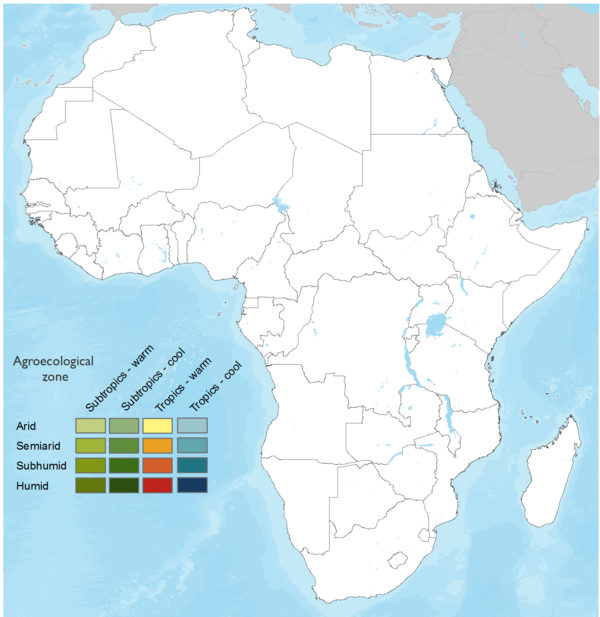
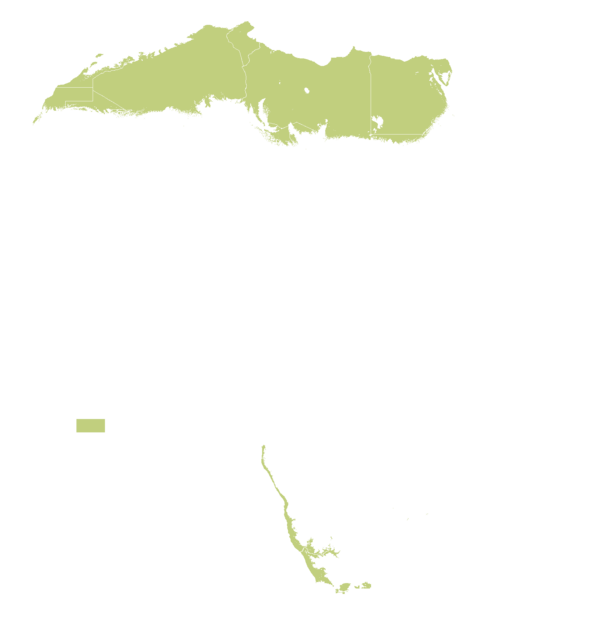

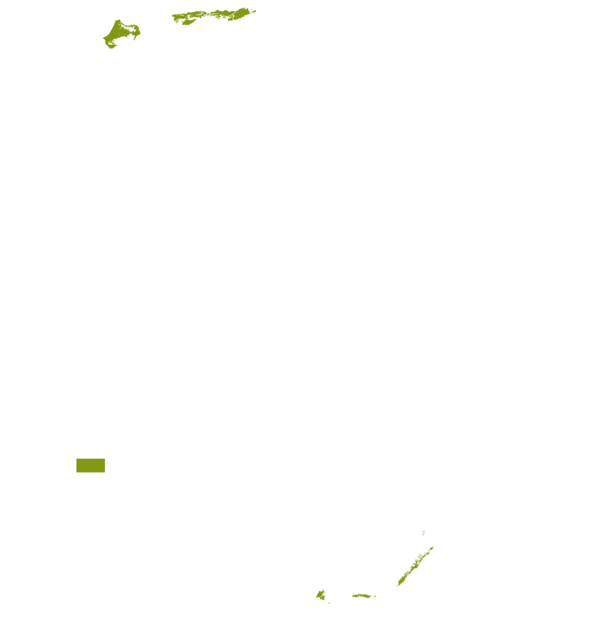
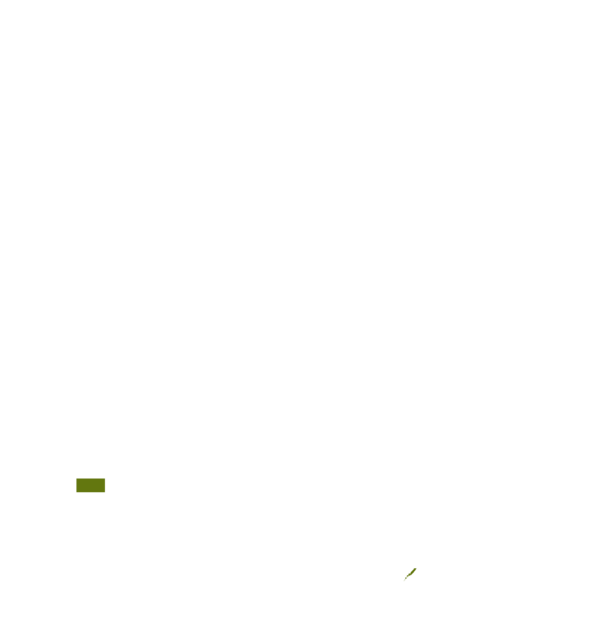

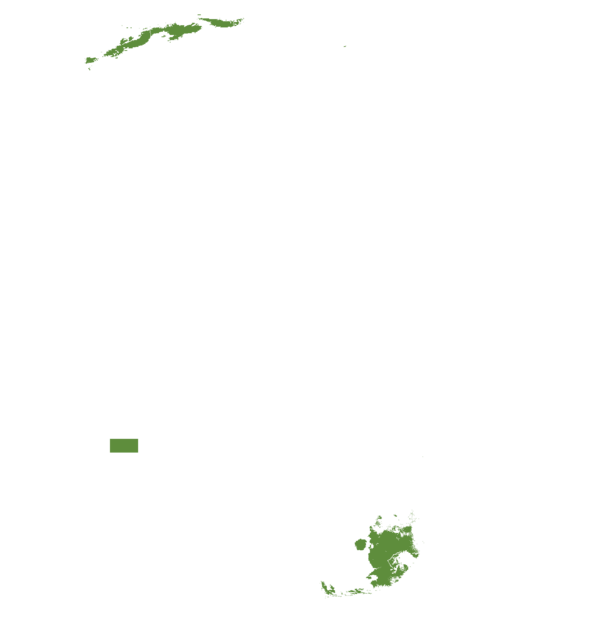
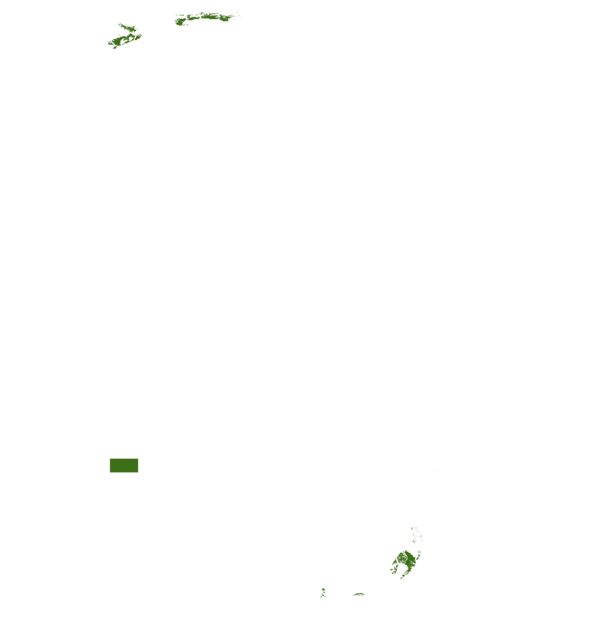

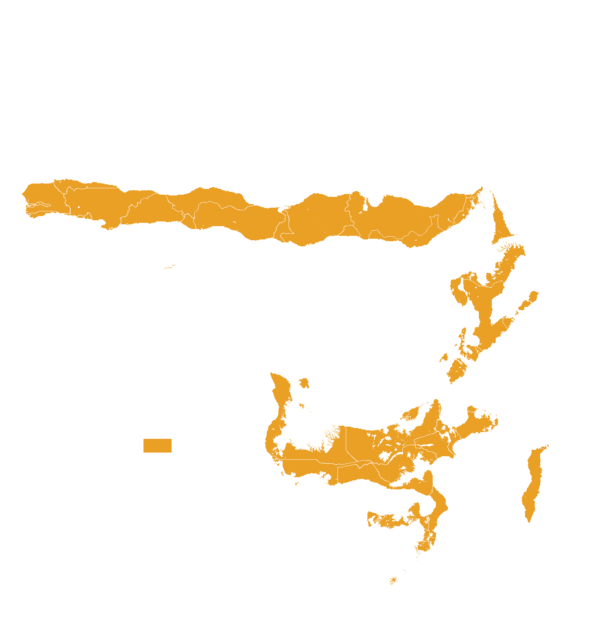
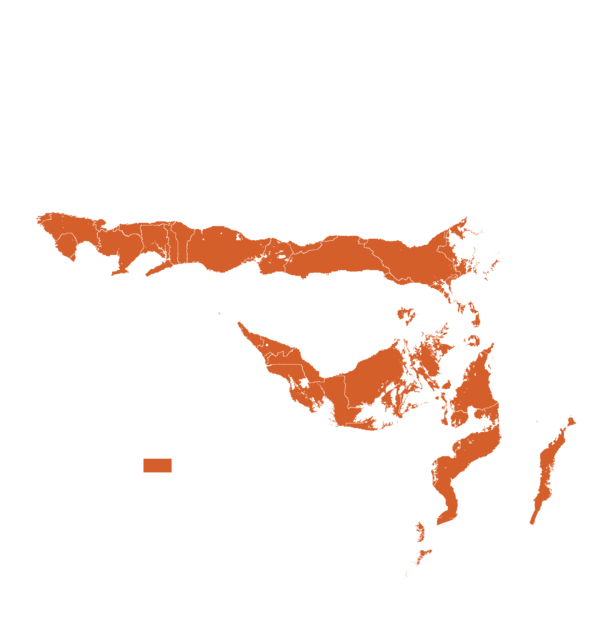

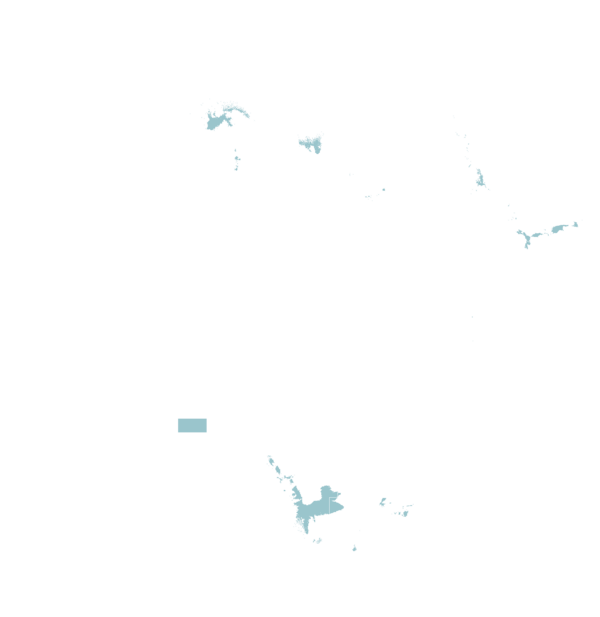

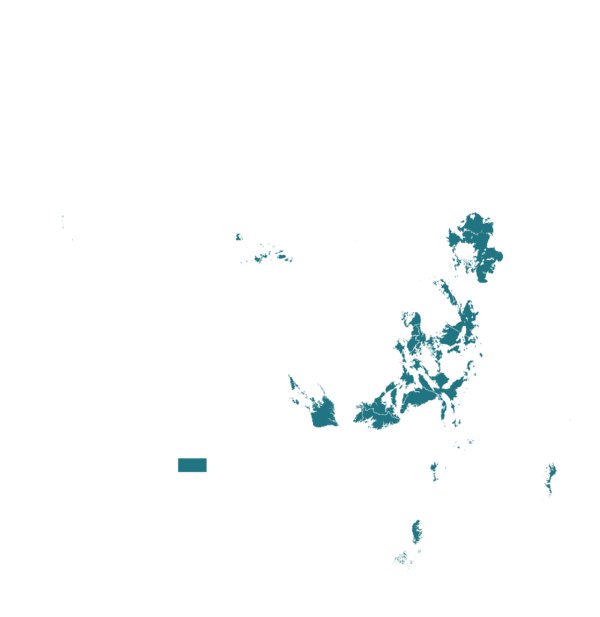
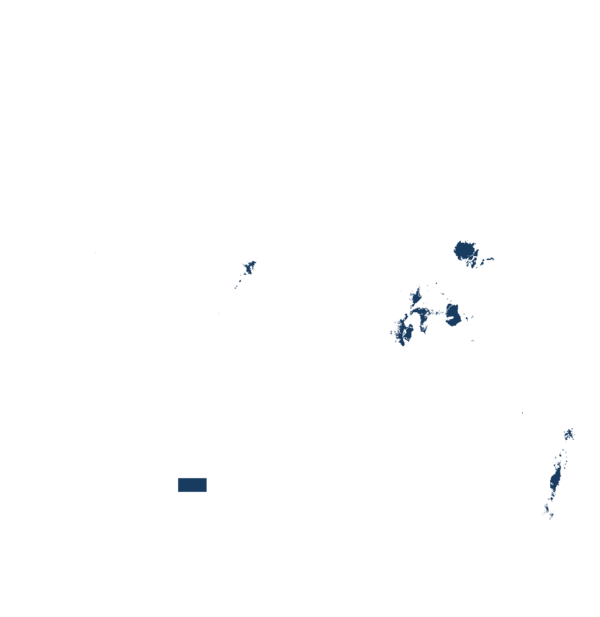
| AEZ | Subtropic - warm | Subtropic - cool | Tropic - warm | Tropic - cool |
|---|---|---|---|---|
| Arid | ||||
| Semiarid | ||||
| Subhumid | ||||
| Humid |
Source: HarvestChoice/IFPRI 2009
The United Nations Sustainable Development Goals that are applicable to this technology.
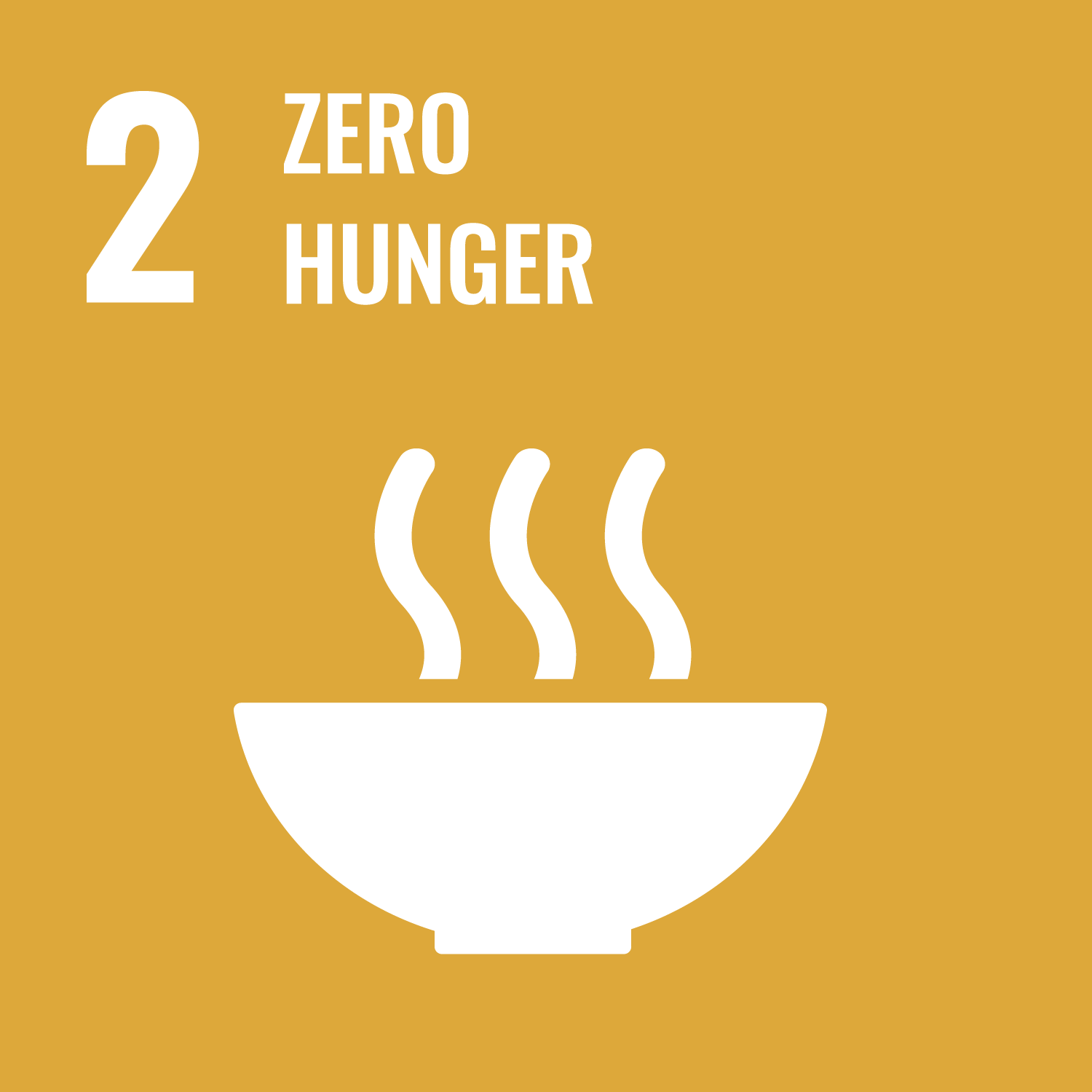
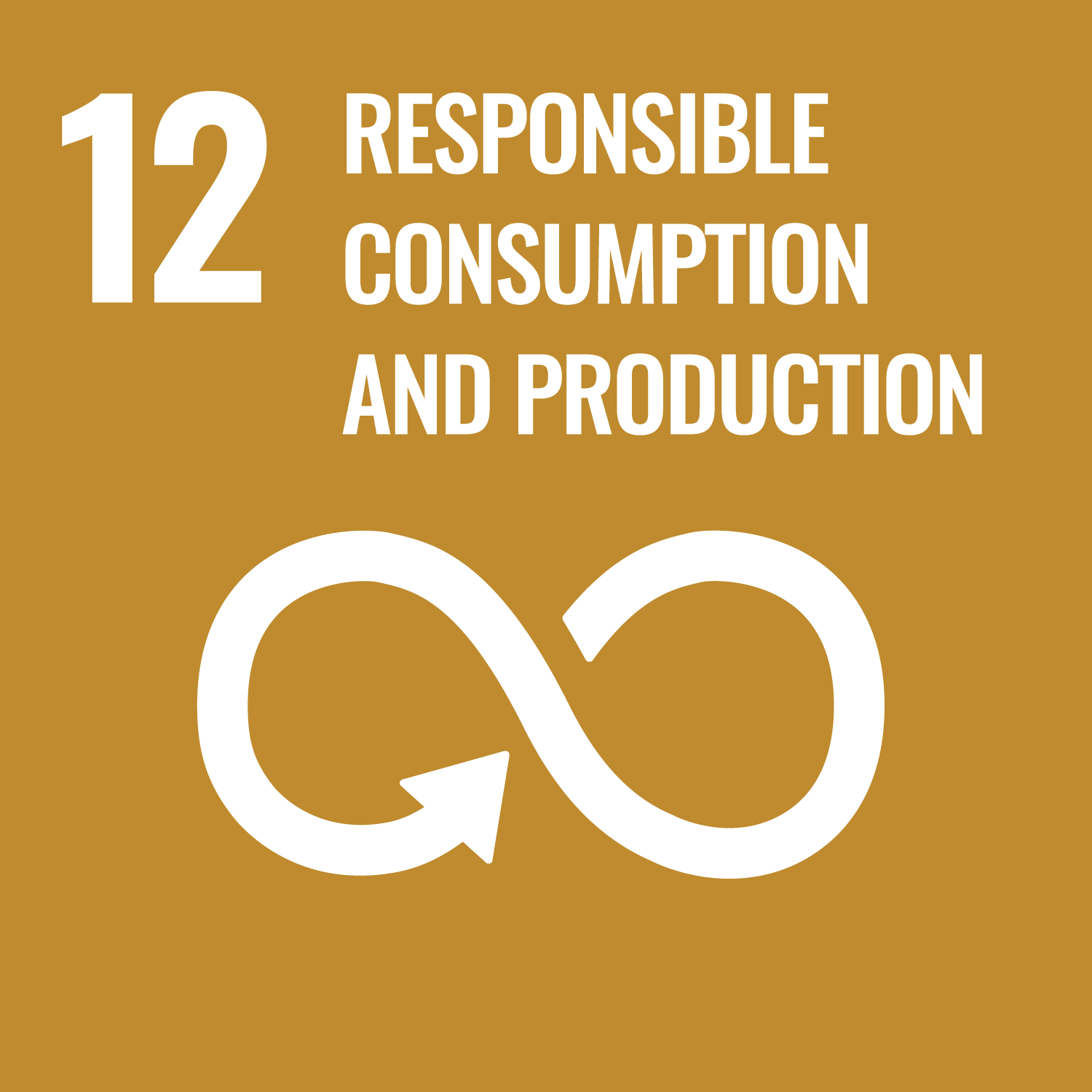
Seed Treatment: Apply 4 milliliters of FORTENZA™ Duo per kilogram of maize seed. Mix thoroughly with a binding agent, then vaporize over the seeds. Allow it to dry in a rotary blending system.
Foliar Spraying: Apply recommended insecticides every two weeks during the growing season using a backpack sprayer or tractor-mounted model. Ensure proper protective gear is worn.
Last updated on 28 October 2025